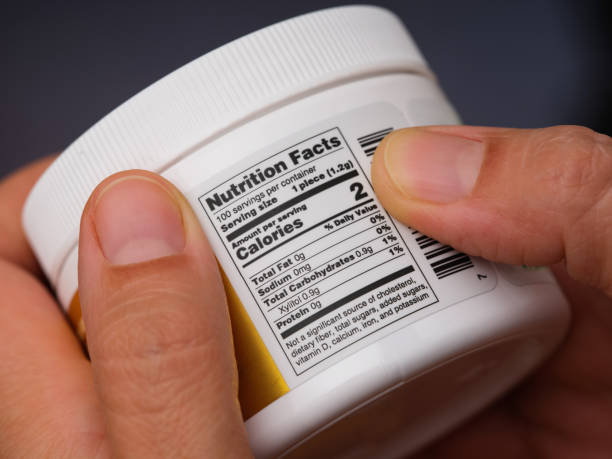
The Evolution of Direct Thermal Label Technology
In labeling technology, thermal labels have revolutionized the way businesses manage their labeling needs. From transportation and logistics to retail and healthcare, thermal label has become an important tool for product identification, tracking and information dissemination.
So what are the expectations from this not so new trend? Read on as we explore the evolution of thermal label and discover the exciting developments to come.
History of Thermal Labels
Thermal label first appeared in the label industry in the 20th century and provided a simple and effective solution to printing needs. Unlike traditional transfer thermal label, which requires ribbons, direct thermal label uses thermal paper that darkens when heated, so no ink or toner is required. This technology revolutionizes the registration process, allowing businesses to publish high-quality articles quickly and efficiently.
Improvements in print quality and durability
Over the years, thermal label technology has made significant improvements in print quality and durability. Early thermal papers were prone to fading and staining, limiting their use in applications requiring long-term durability. However, recent advances in labeling and coating technology have increased the durability and longevity of thermal paper, making them suitable for a variety of applications including outdoor labelling, asset tracking and product identification.
Integration with digital printer
Another major evolution with thermal label technology is its integration with digital printers. Printing technology allows for greater flexibility and customization in label design, allowing companies to create dynamic and eye-catching labels with vibrant colors, complex shapes and textures, and distinctive lettering. By combining the convenience of direct thermal printing with the versatility of digital printing, companies can create high-quality prints that stand out in a crowded marketplace.
Sustainable development and environmental protection
As environmental awareness continues to increase, the demand for business and safety labelling solutions continues to increase. Thermal printers offer a variety of ways to secure the registration process as they reduce waste and environmental impact by eliminating the need for cartridges and toner cartridges. Additionally, advances in material registration have led to the creation of environmentally friendly options such as recycled paper and biodegradable materials and the strengthening of thermal stability label technology.
What's next for thermal labels?
Looking ahead, the future of thermal label technology looks promising as print quality, durability and sustainability continue to improve. New technologies such as RFID (Radio Identification) integration, smart tags and NFC(Near Field Communication) have the potential to change the way business is done. Use thermal labels for tracking, authentication and interactive marketing. Additionally, advances in material registration and coating will increase the strength and environmental friendliness of thermal paper, making it a better choice for businesses looking for solutions to problems at reasonable and stable prices.
Final Thoughts
When we consider the evolution of thermal label technology, it is clear that this new technology has come a long way since its inception. With improvements in print quality, durability and sustainability, thermal labels have become an essential tool for businesses across a variety of industries. Looking to the future, the possibilities of technology are endless and exciting developments on the horizon are expected to improve productivity, work and environmental safety. At 4x6Labels, we are committed to staying at the cutting edge of labeling technology, providing our customers with the latest innovations and solutions to meet their ever-changing needs. Join us and embrace the future of thermal label technology labels!
